Innovations in Insulation that Cut Costs
According to the U.S. Department of Energy, 42% of a homeowner’s utility bill goes toward heating and cooling costs. Once winter is underway, failure to insulate properly not only increases that figure but also leaves homeowners feeling cold and uncomfortable as heat escapes and drafts find their way in. The following are a few innovative solutions that will help your home retain its warmth this season.
Step up your siding
If you’re in the market for new siding, consider insulated siding, which essentially presents homeowners with an opportunity to cover their homes in efficiency. Variform by Ply Gem ClimaForce™ Insulated Siding is backed with breathable foam and wraps your home’s exterior with a continuous blanket of insulation up to 1 ¼” thick. At the same time it helps lower your energy bills due to heat loss prevention, it also adds impact resistance, and makes your home quieter by reducing the transfer of outdoor noise.
Fortify points of entry
It’s estimated that as much as 30% of energy loss in a garage is a result of an inefficient garage door. Replacing an older garage door with one that’s steel-insulated increases energy efficiency significantly. As added bonuses, they operate quietly while offering a range of design options so you don’t have to sacrifice curb appeal. When it comes to your front, back, and side entry doors, look for fiberglass doors that are both insulated and ENERGY STAR® compliant. Therma-Tru® fiberglass doors are filled with CFC-free polyurethane foam giving them an R-Value five times higher than a traditional wood door. The higher the R-value, the greater the ability to resist conductive heat transfer. So, in practical terms, this means that the thicker the insulation, the more efficiently you can keep your home comfortable.
Consider alternatives to fiberglass
While fiberglass insulation has been a popular pick in the past, particularly in attics, this cotton candy-colored material can cause respiratory complications and skin irritation. Additionally, fiberglass insulation uses formaldehyde as a bonding agent, which can leach from the insulation into your home, creating a health concern. Also, because it can’t be recycled and requires more energy to produce, fiberglass is not as eco-friendly as other options.
If you’re ready to upgrade your insulation, you may want to familiarize yourself with these more environmentally-appealing alternatives:
Made from the outer bark of oak trees, ThermaCork features a negative carbon footprint as it is not only natural and renewable but also recyclable and biodegradable. It also serves as a noise canceler by absorbing sound.
Cementitious, spray-foam insulation, also known as Air-Krete™, is a non-toxic and mold-resistant product, that is made from 100% organic magnesium oxide cement. It’s been on the market for a quarter century but has recently caught the interest of green builders.
Safe and easy to install, cotton insulation is another sought-after alternative to fiberglass and can now be found in 100% post-consumer recycled formulations without formaldehyde or volatile organic compounds.
Proper insulation can be the secret to staying warm and cozy this season. It may also cut costs at the same time it environmentally-friendly options safeguard your health.


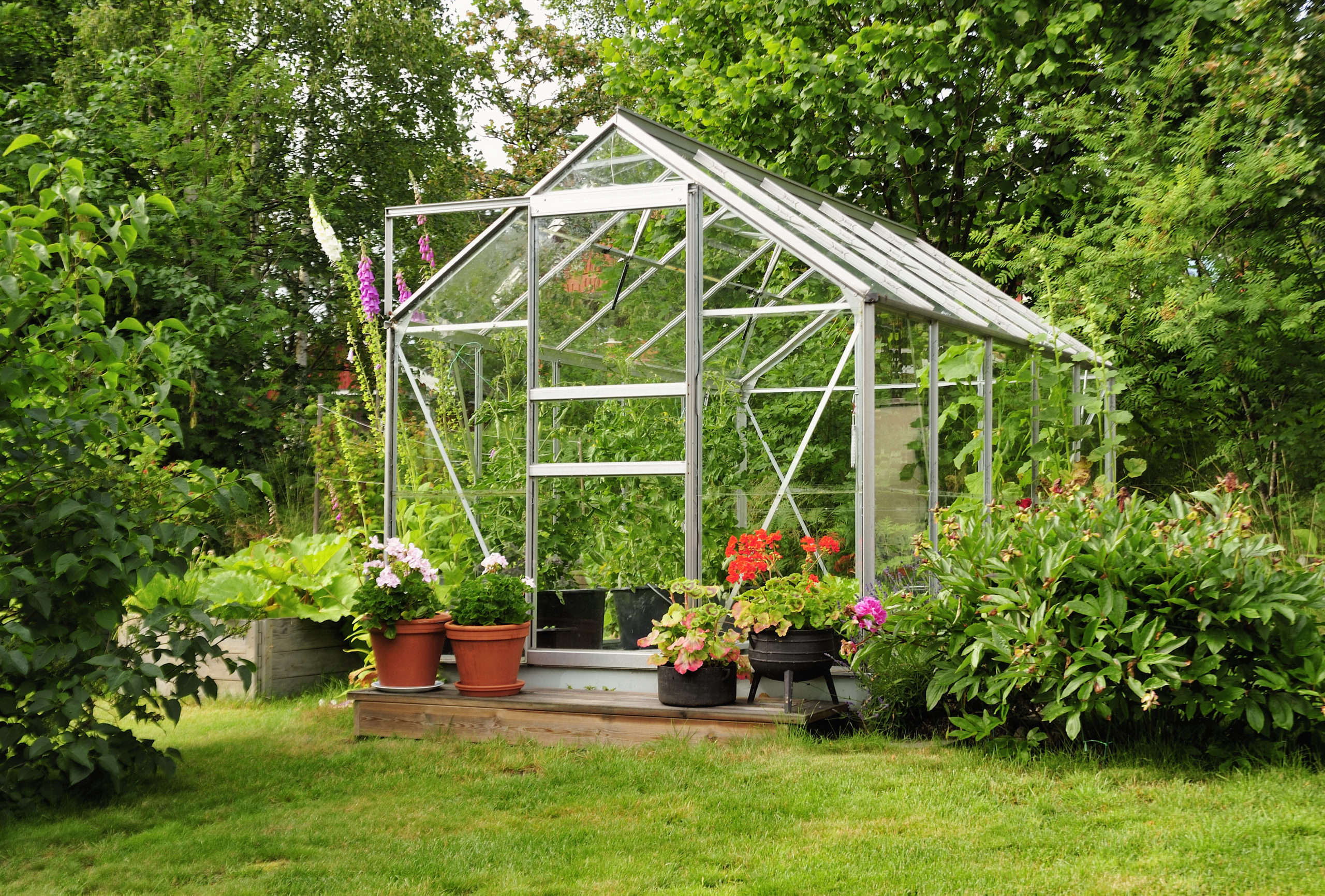
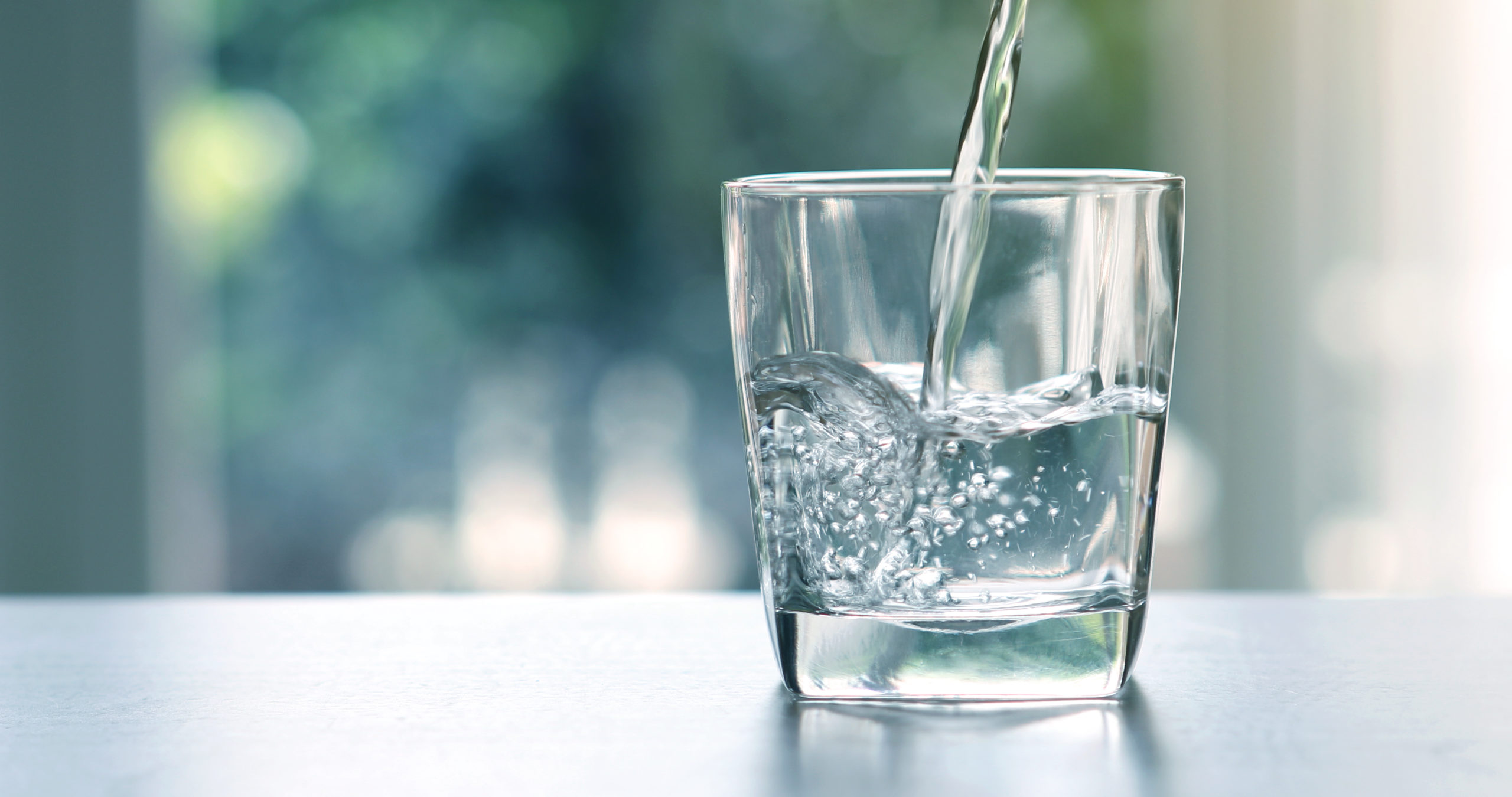


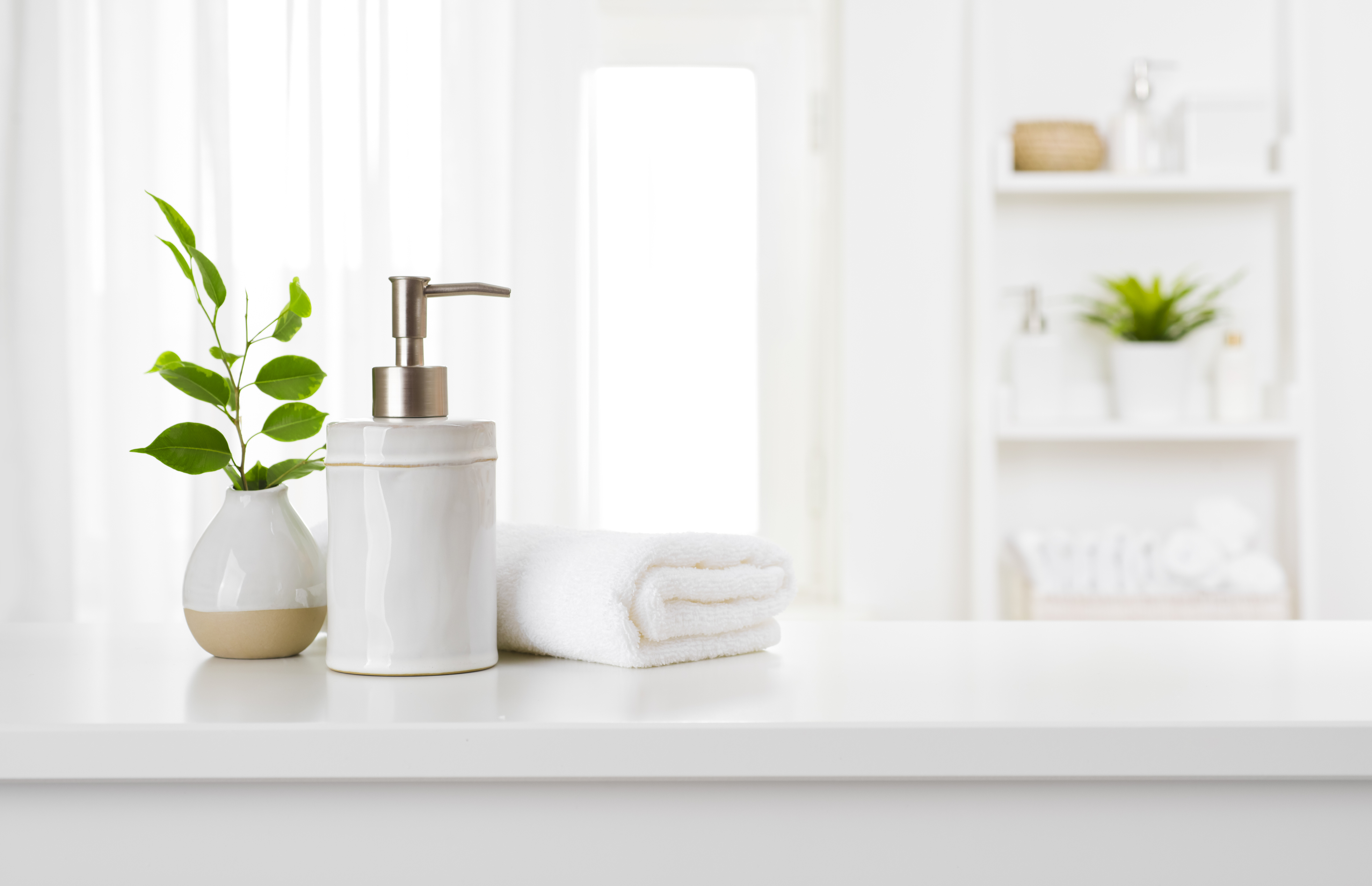

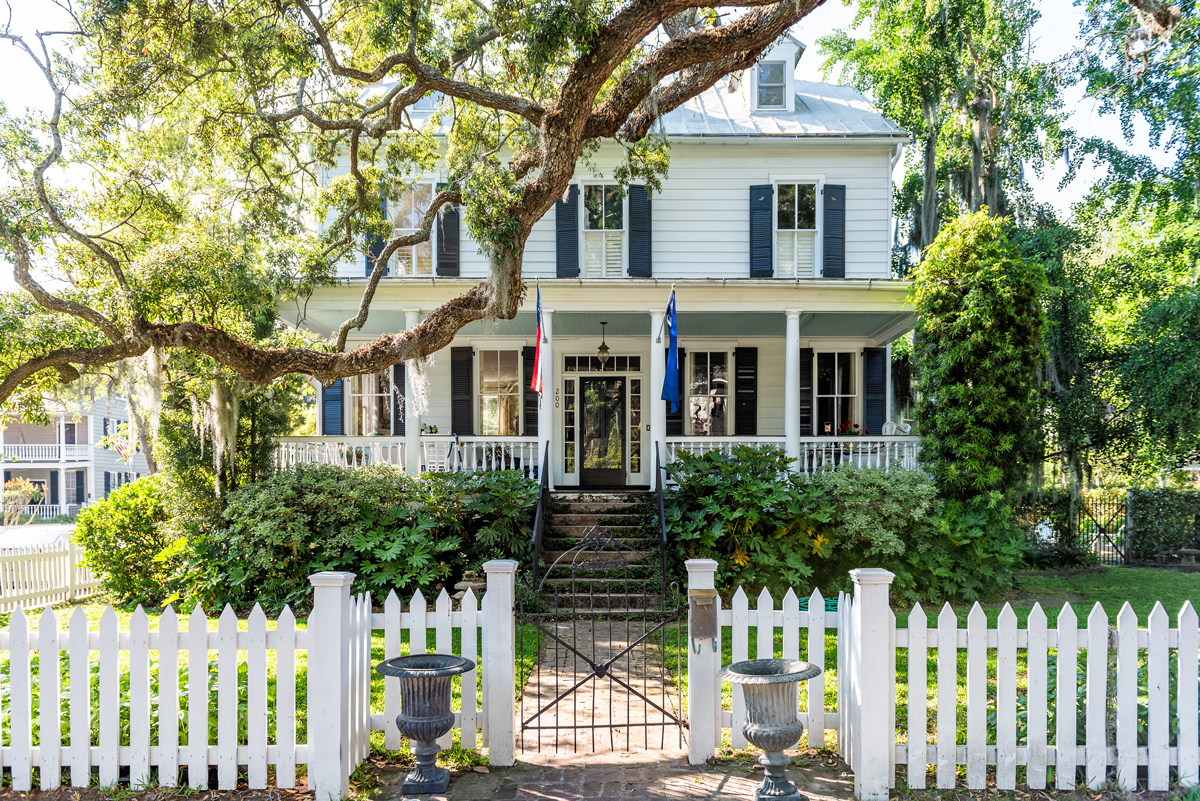
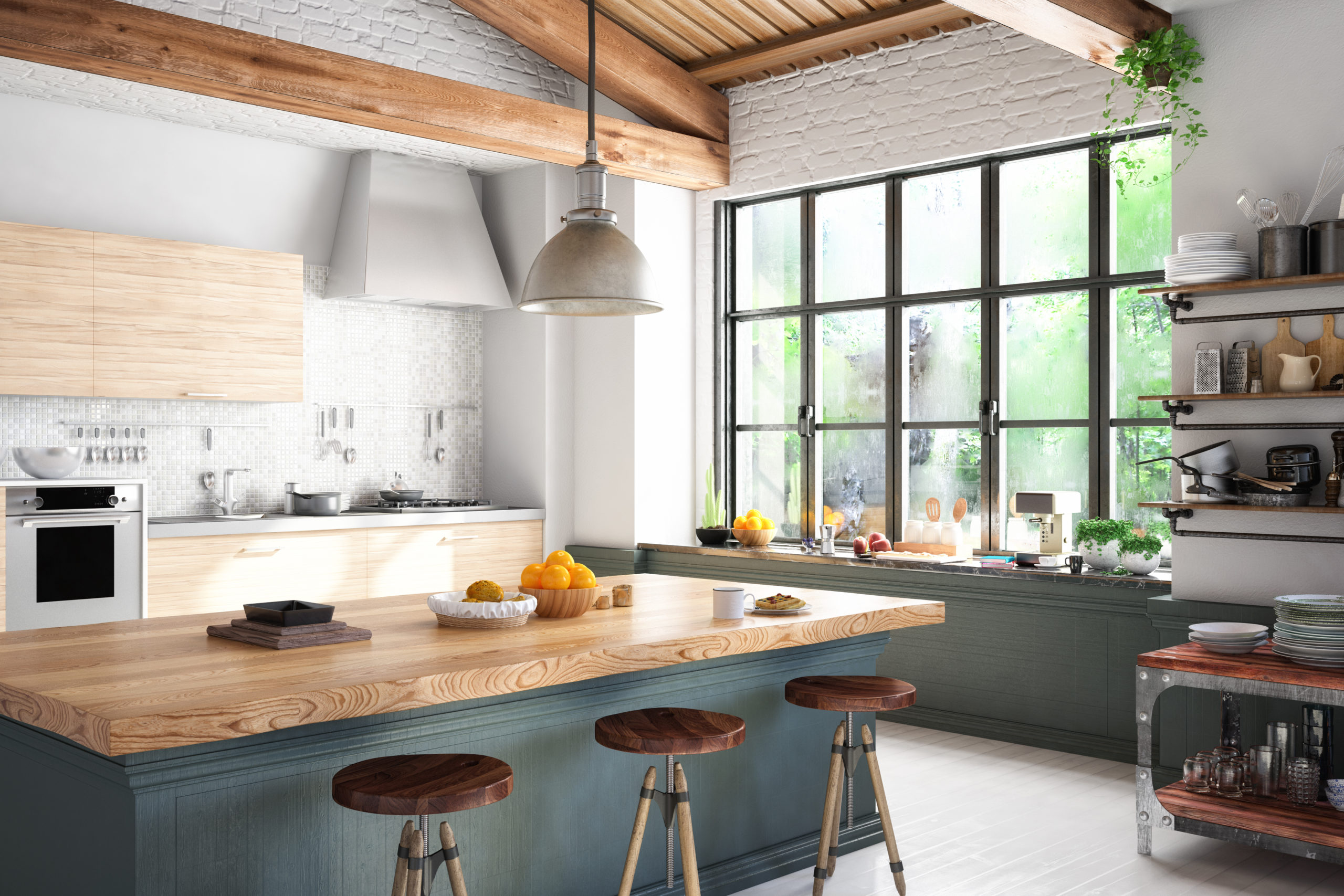
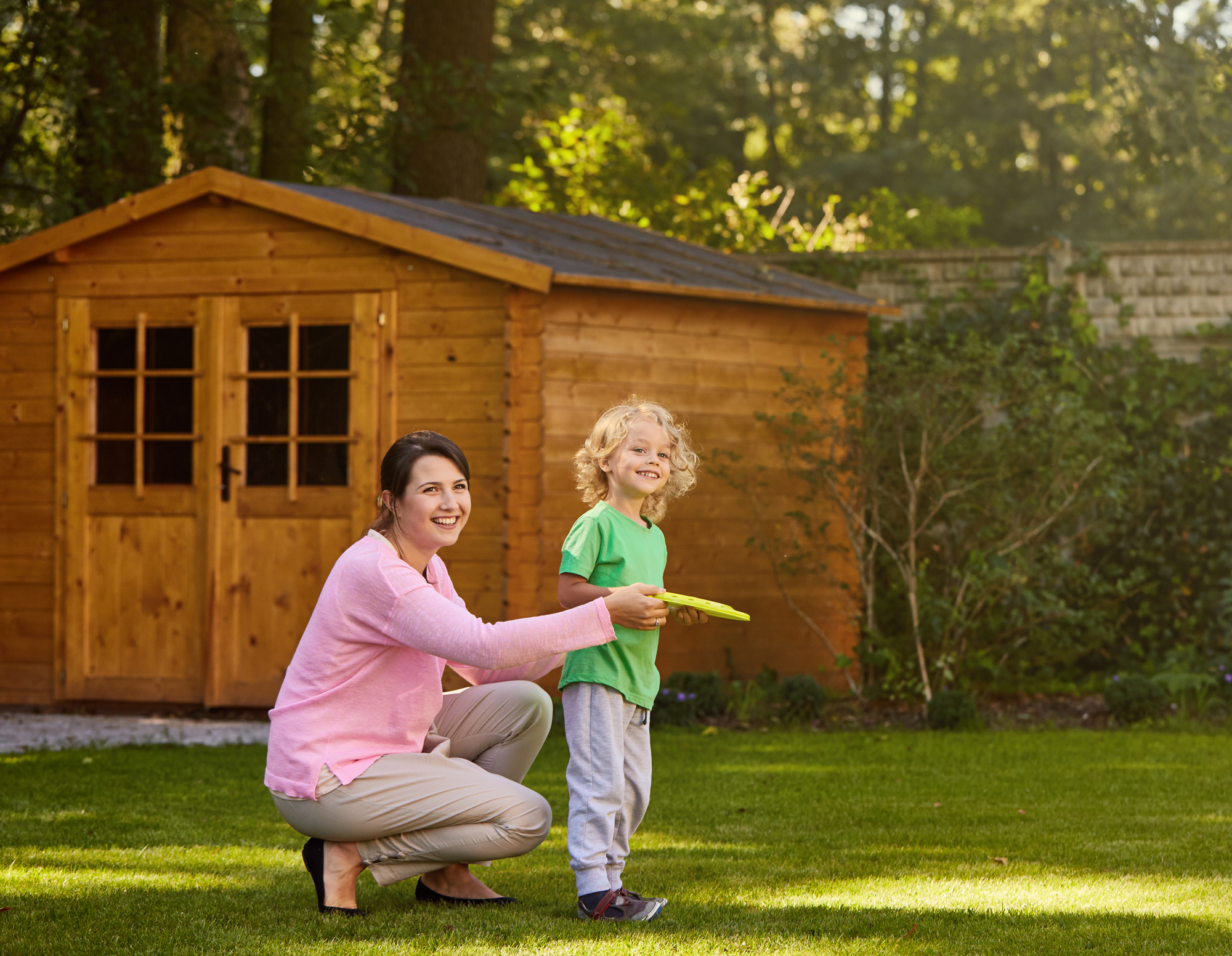






Share this article with your network!